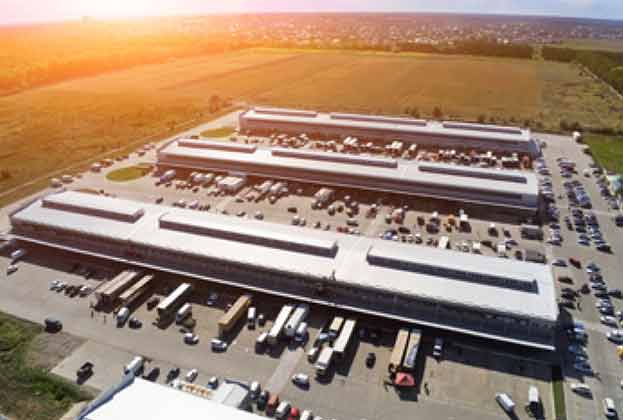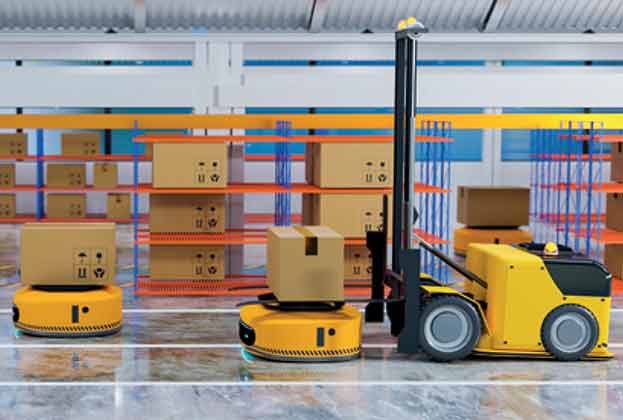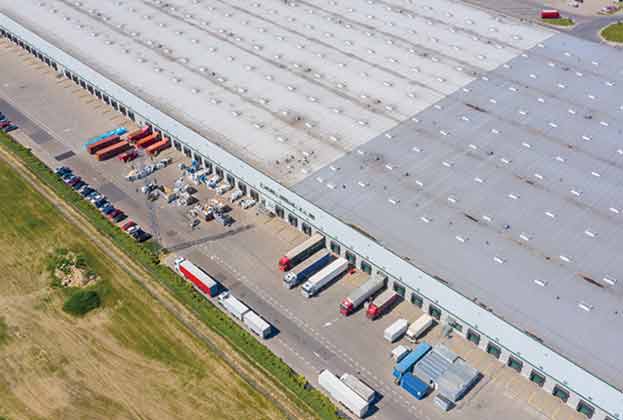Five key considerations
1. Complexity
When occupiers are searching for new warehouse space, there are a huge number of key metrics which must be evaluated. These metrics vary by occupier type, by location, and the same analysis undertaken at different times can yield different results. Unfortunately, it is not as simple as suggesting that a company makes a profit or turnover of X and therefore an affordable rent is Y.
2. Key metrics
Before the widespread adoption of online retail, property costs were a much higher proportion of total costs, meaning that occupiers were much more sensitive to changes in rental levels. E-commerce and parcel delivery companies have a much higher weighting to transport costs as the cost to service the end customer is much higher than a traditional bricks-and-mortar retailer.
3. High service, low cost
The aim of the logistics manager is to deliver the highest level of service to the customer by maintaining the lowest cost base possible. In an environment where all costs are increasing at varying levels, attention will turn to the areas where the rises are causing the biggest impact on the bottom line.
4. The impact of rent rises
Warehouse rents have risen by an average of 16% since the start of 2022 and are expected to rise by 25% by 2026. If we examine the total cost stack for a parcel delivery company, a 12% increase in rent would only add around one percentage point to total operating costs.
5. Future affordability
The model created by Hatmill with LondonMetric and Savills suggests that parcel and e-commerce companies should be preparing for cost rises of c.40% by 2026. If the level of online retail growth reaches forecast levels, this suggests that the market will be 44% bigger, meaning margins will be maintained and rent rises are manageable, all else being equal.
Read the articles within Spotlight: The affordability of warehouse rents below.
.jpg)


